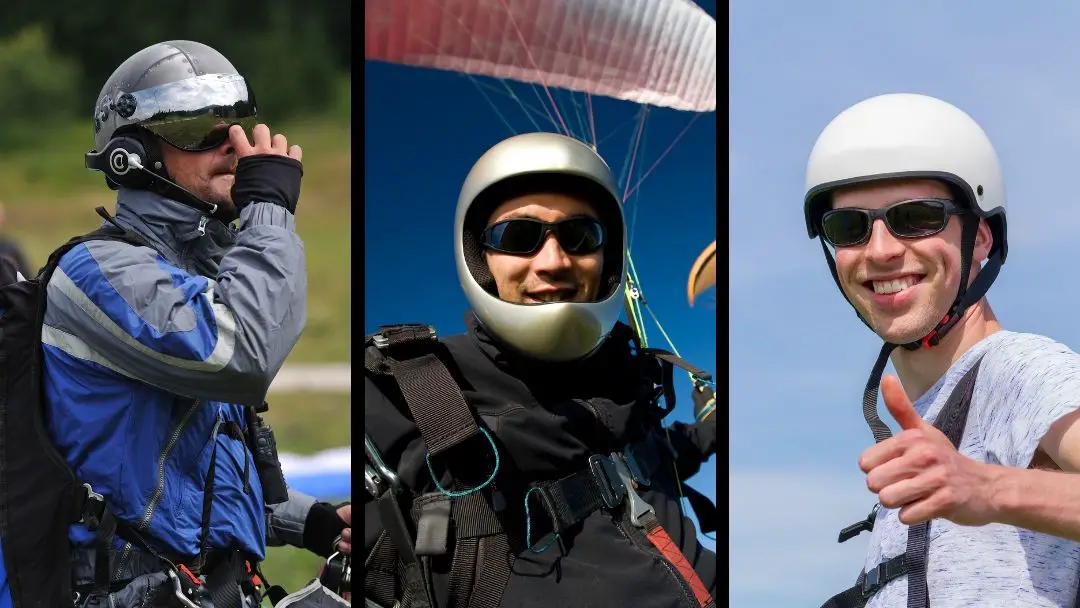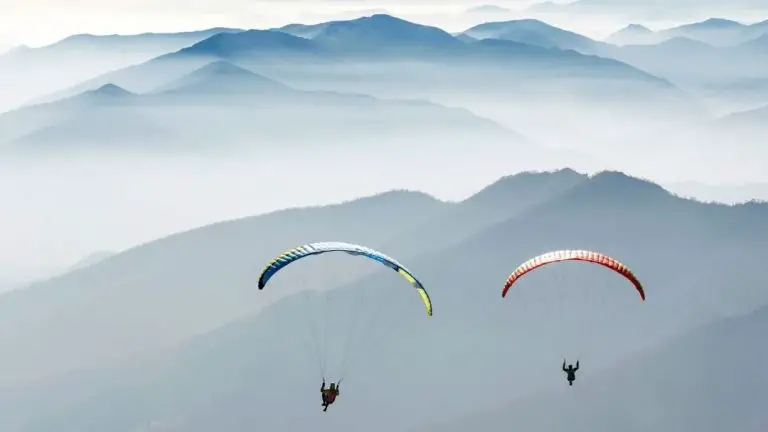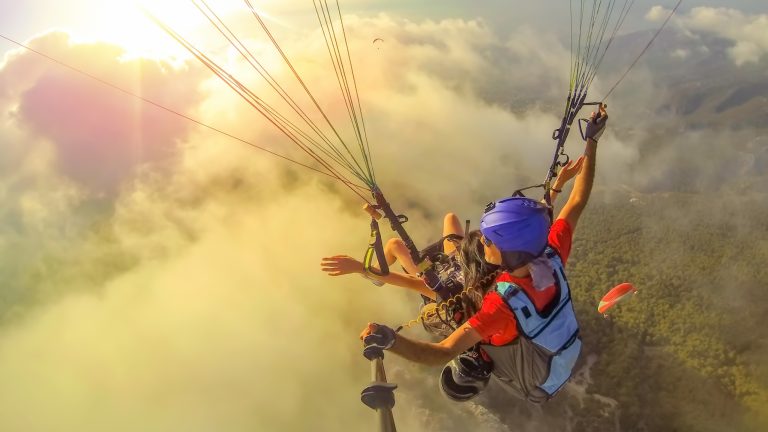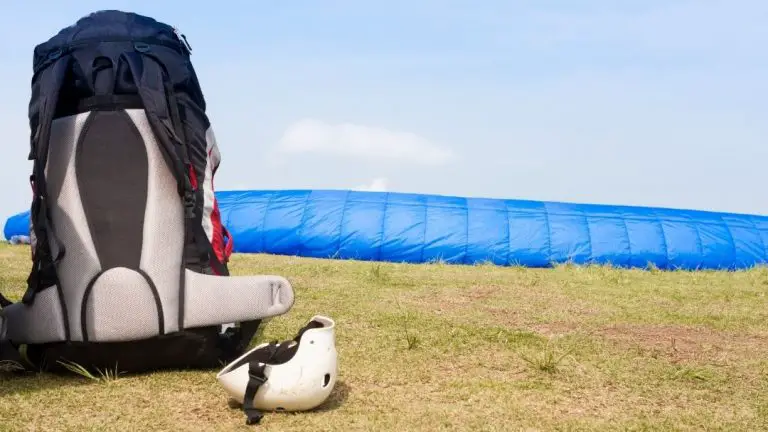Paragliding Helmets: All You Need to Know
There is a lot to look at, think about, and options to compare when it comes to choosing a paragliding helmet. Some things are more important to others, but it all comes down to how you are going to use it and above all safety.
So, you can’t just grab your bike helmet and be done with it? Well, you can, in some countries at least. But there is a lot more to it than that. Making sure your helmet can keep you safe when you need it most is extremely important.
There are also possible implications for competition and insurance if you do not have the correct helmet. The last thing you want is to show up at your first comp and be told you cannot compete because your helmet doesn’t meet the requirements.
Paragliding Helmet Certifications
Ok, let’s get the boring stuff out of the way first. What is the deal with the certification numbers and what does it all mean?
EN966 – Helmets for Airborne Sports
This is the European standard for free flight helmets, recognized by the World Air Sports Federation. This is a higher level than the below certifications and even though this is not required for all competitions it will depend on your country if this is required or not.
Here is a list of EN966-certified helmets.
Here is the EN966 certification documentation.
MLTS Full Face Paragliding Helmet
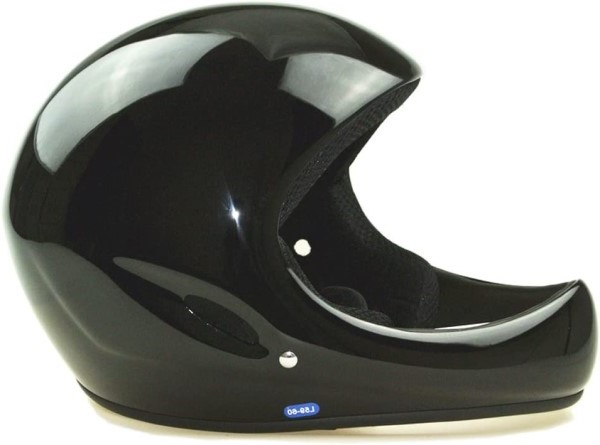
The MLTS is a high-quality and typical helmet used by pilots worldwide
*Paid Link
Skyhero EN 966 Bluetooth Paramotor Helmet
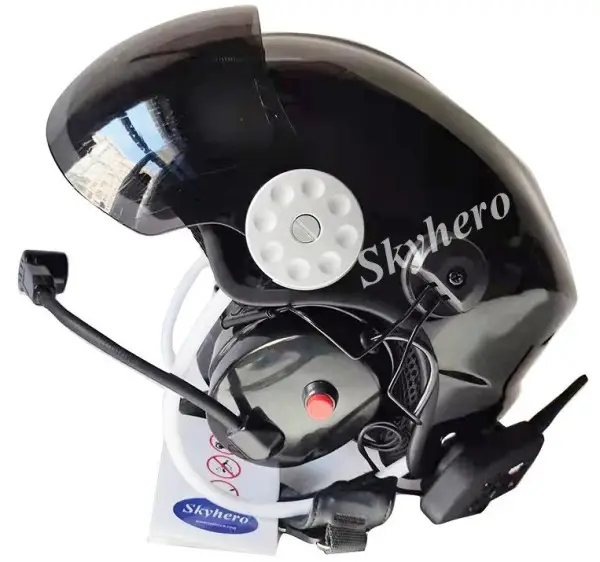
Bluetooth-connected paragliding helmet
*Paid Link
EN 966 Paragliding Helmet with Visor
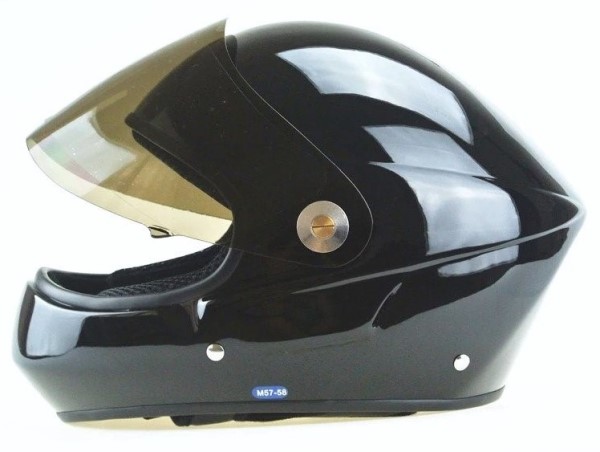
An EN 966-certified helmet directly from the manufacturer
*Paid Link
Skyhero Open-face Summer Paragliding Helmet
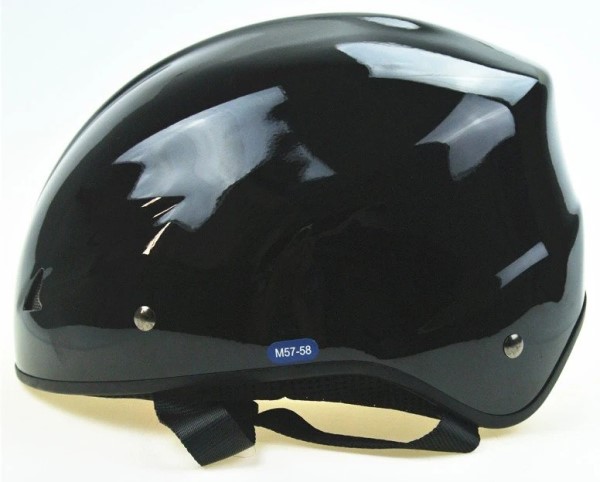
An open-face helmet from Skyhero to keep you cool and give the best possible visibility for warm weather
*Paid Link
EN1077 A & B – Helmets for Alpine Skiers and Snowboarders
Although this is a lower level certification than the EN966 these helmets have been allowed by the FIA to increase the number of helmets available for the sport. This was because there were not a lot of helmets being produced for the 966 standard and this caused quite high prices and limited options.
This standard has some other proprietary certifications that are mostly equivalent and are also approved for free flight. These are the Snell RS98 certification and the ASTM2040 certification.
Here is the EN1077 certification documentation
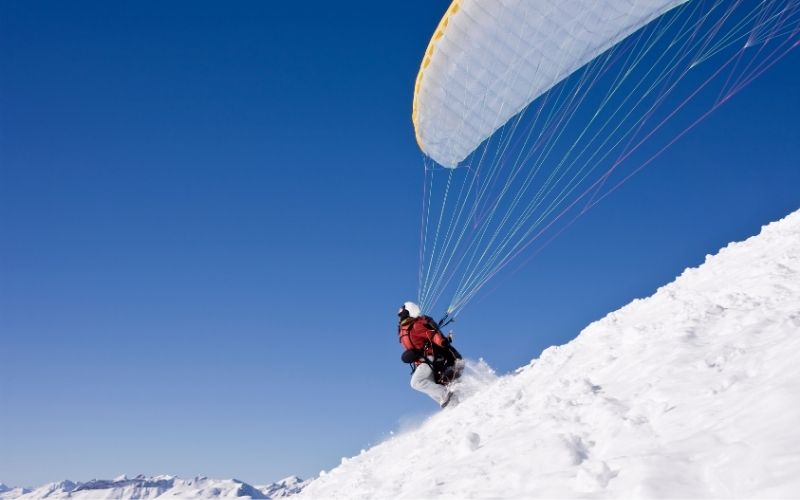
Factors to consider when buying a helmet for Paragliding
There are lots of factors to consider when buying a helmet for paragliding and other aerial sports. Some are more important than others.
Safety
The biggest factor is safety, I mean this is why you are wearing the helmet anyway right?
For safety, you should choose a helmet that has one of the above certifications.
If you want to go in competitions you should buy a helmet with the EN966 rating, this is just so you will not have any issues with the specific requirements of the comp you are entering.
“Why can’t I use my bike helmet for paragliding?”
Bike helmets are not engineered for the same level of safety as a free flight helmet or even a snow helmet for that matter. Quite simply a bike helmet is better than no helmet but there are higher safety standards for free flight helmets for a reason. They give you more protection for the kind of impacts that are expected while flying.
Visibility
One of the biggest factors after safety for a helmet is visibility. It could be the most comfortable helmet in the world but if it obstructs your vision at all or does not allow you to move your head freely then leave it.
A paragliding helmet should allow for maximum visibility and allow you to move your head all around so that when you need to look up to check your wing while running off a cliff you can easily do that without the helmet getting in the way.
Comfort
Is the helmet comfortable for how you are intending to use it?
Are you going to be flying long XC routes in the Alps or over flat land? If this is the case then a helmet with soft padding, insulation, and a high level of comfort would probably be the best.
Or are you just doing small soaring flights in the warm air of the coast? If this is the kind of flying, you want to be doing then a lighter helmet with more ventilation would be best.
Features
Flight helmets come with many features that can make a helmet much more worth it for your purposes. They can include visors, integrated headsets attachments for accessories, and more. Just make sure that you make sure safety, visibility, and comfort are the first factors you consider before looking at the features.
A helmet with all the features in the world is no good if it’s uncomfortable and gives you a headache after 1 hour of wearing it. This will just mean you have a bad day flying.
Paragliding helmet types
There are a number of different helmet types, just like there are for many sports.
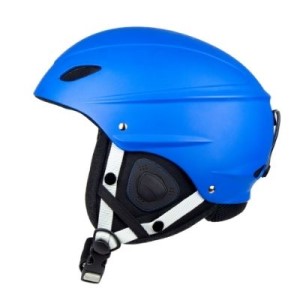
Open face helmets
Open-face helmets are by far the most common types of helmets, they are what schools use for teaching students they are also generally lighter, they offer great visibility, and are usually the cheapest option.
there are also many options available on the market and there are many open-face snow helmets that suit very well for paragliding.
The only limitation they have is that they don’t have quite as good protection when it comes to face covering in the case of tripping over while launching your paraglider. They can also have less superior-side protection for your ears, but this depends on the model.
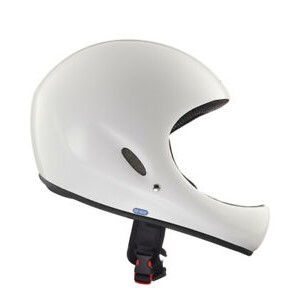
Full-face helmets without visors
Full-face helmets without a visor are a good choice as they usually have good vision and they increase safety when launching and landing. These are the next most common type of helmet you will see with paragliders and they are great. As long as you like the look.
Full-face helmets with visors
Full-face helmets that include a visor can be great for comfort especially when it gets cold but they are usually heavier and they also restrict the wind noise that you hear when flying. this is important because the sound of the wind while flying gives you feedback on what is happening with your glider.

